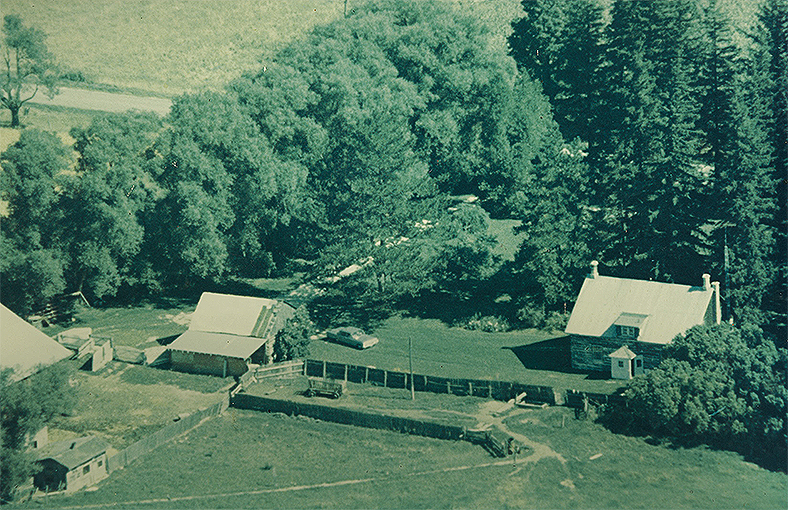
On bringing together two different approaches to research
As a curious six-year-old, I studied each nook and cranny of the farm where I grew up. I felt intimately familiar with every element of the landscape. Then, one day, my mother showed me an aerial photograph of the farm and it reshaped my understanding of the place where I lived. Some details on the photograph were new, but inconsequential——I hadn’t known that the metal roof on the barn was a patchwork of rusted corrugated steel. But, other details challenged my previously held assumptions. The scale of the buildings was different than what I had known; the house was smaller, the barn looked massive. And, while I had always assumed that the farmland itself was a giant rectangle, the aerial view clearly showed that the plot was triangular in shape. I now had two ways to see my world—an “on the ground” view that was filled with richness and nuance, and a view from above that helped me to place my understanding in a broader perspective.
I’ve found myself immersed in quantitative and qualitative methods at different points in my career, but rarely at the same time. A decade ago, I taught qualitative methods to university students. Then, I spent four years in jobs that required daily number crunching with quantitative analytical tools like Excel and SPSS. Now, I’ve come back to a focus on qualitative approaches and am immersed in ethnography and in-depth interviews. Each of these experiences has asked me to focus entirely on one approach or the other. It’s as if quantitative and qualitative methods are squabbling children in the back seat of a car, asked to sit apart, each given their own toys to play with and told that they’re special in their own unique way. When one gets more attention, the other gets defensive.